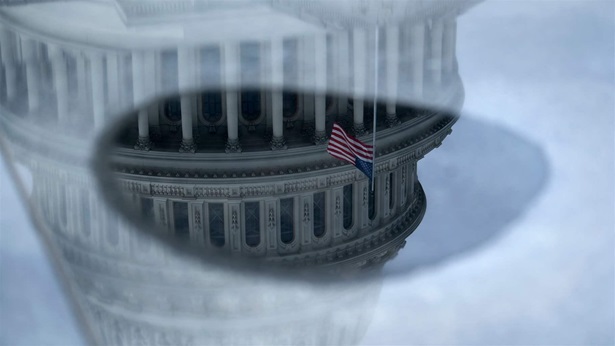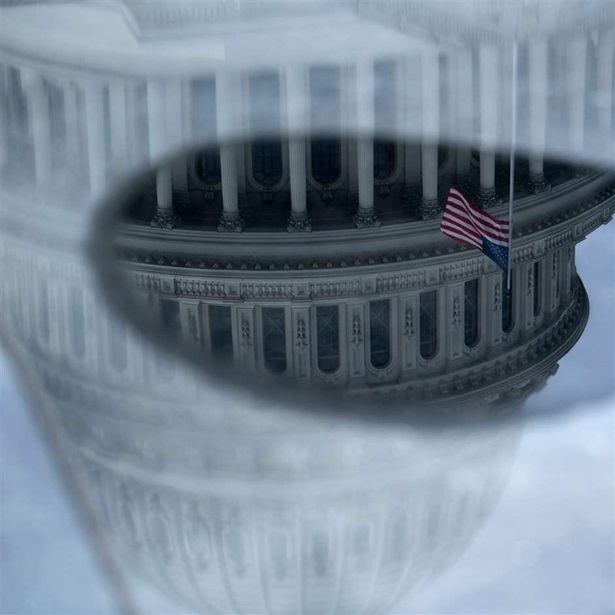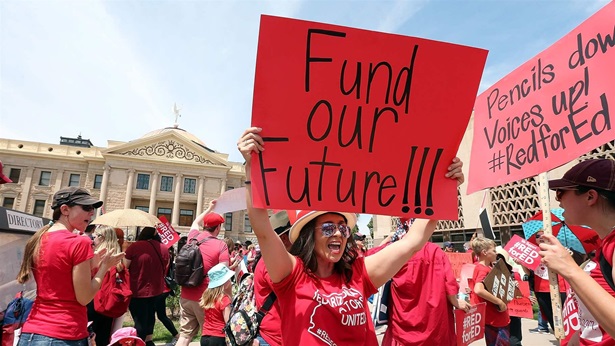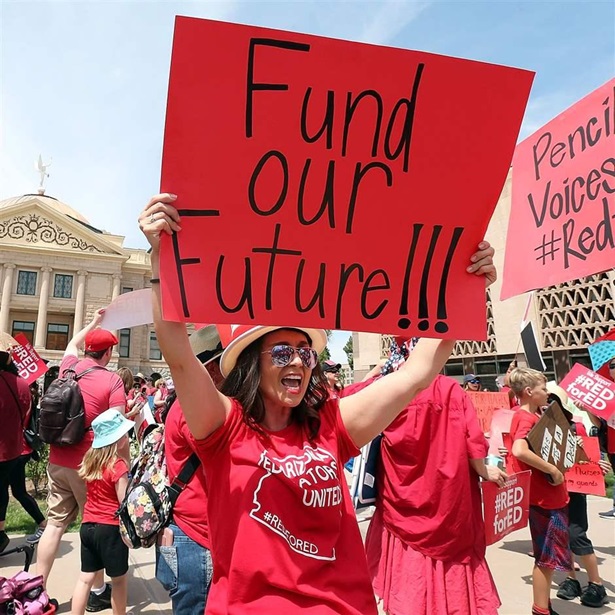States Take Early Steps to Manage COVID-19 Budget Fallout
Tapping rainy day funds and reducing payrolls among common strategies
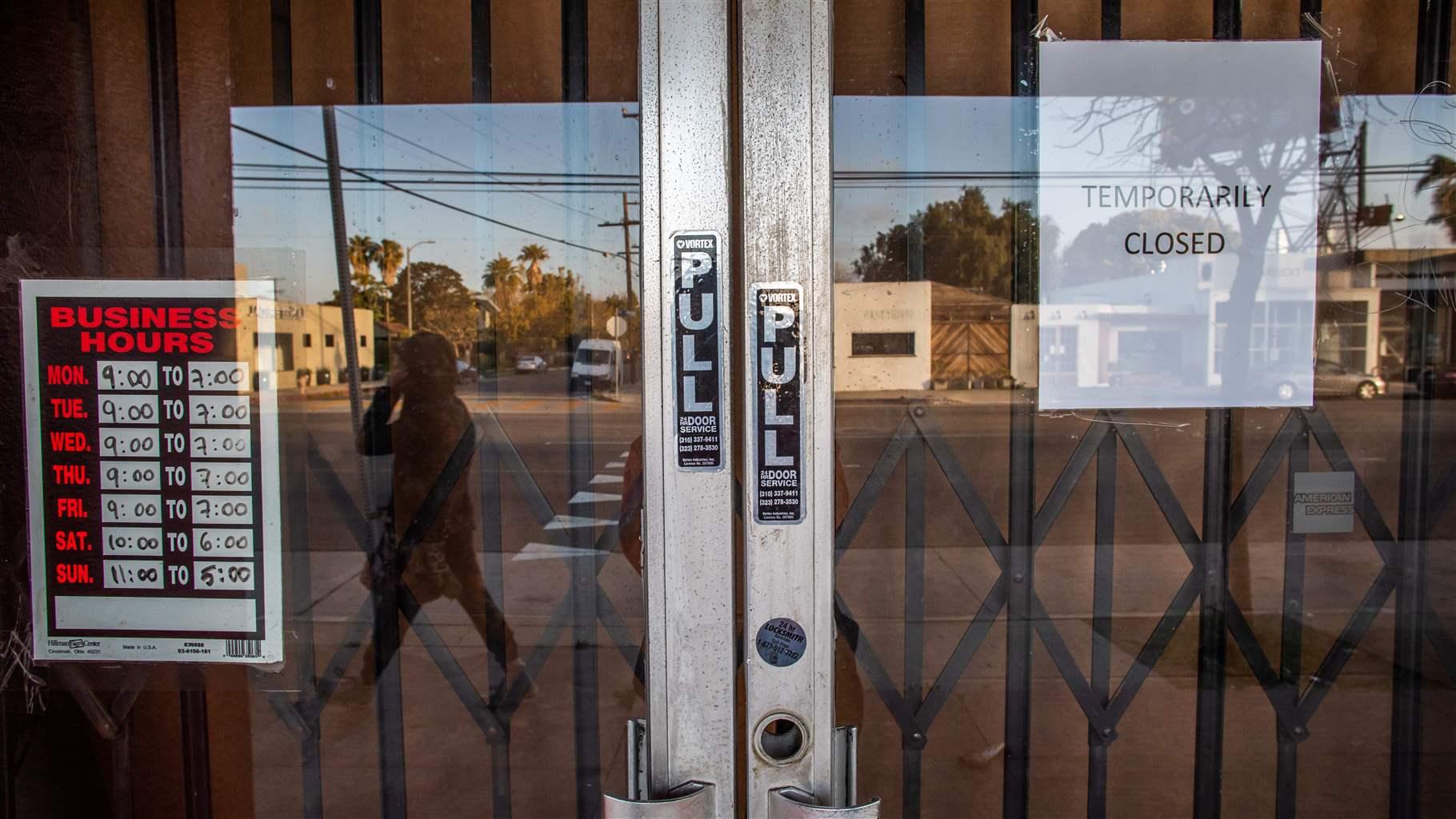
Even before they know the full magnitude of COVID-19’s effect on their budgets, state policymakers are taking the first steps to brace for the fallout. The moves provide a glimpse at months of budget-balancing actions ahead by governors and legislators as they triage the pandemic’s damage to state economies and finances.
At the outset, states’ primary goals have centered on saving money and finding resources to steel themselves for expected challenges. To conserve cash, at least 15 states and the District of Columbia have frozen hiring or taken other immediate action to restrain spending for the current fiscal year. Among the states acting early, Pennsylvania laid off or temporarily stopped paying 16,500 state employees, while Maryland froze hiring and all state spending not related to coronavirus or payroll. To add cash quickly, at least a dozen states have moved to tap their rainy day funds; New Jersey, New York, and Rhode Island, meanwhile, are looking to borrow.
Many state actions follow the playbook of the Great Recession, when these governments—which must balance their budgets—had to close budget gaps worth billions of dollars. But the pandemic’s sudden freeze on most commerce means that states have had to act before many even had the first month’s tally of tax revenue losses caused by canceled events and travel; restaurant, retail and other business closures; stay-home orders that severely limit consumer spending; and an unprecedented unemployment spike. Unlike in the past recession, states also face escalating and indeterminate costs to manage a public health crisis—on top of the revenue losses.
These initial steps won’t be the last, but they show the first tools that policymakers are using to deal with what they expect will be a widening gap between expenses and revenues. Meanwhile, limited data on the quickly evolving economic impact—coupled with the social-distancing precautions that make it difficult for legislatures to conduct business—exacerbates the challenges ahead.
States’ urgency is driven by the calendar. Budget writers have little time to scrape together enough cash to finish the current fiscal year—which ends in most states on June 30—in the black. Further complicating this year’s budget math was the federal government’s decision to shift its April 15 income tax filing deadline to July 15. That forced most states to push out their income tax filing deadlines and delayed the arrival of tens of billions of dollars that these governments had counted on to make ends meet.
Preliminary estimated drops from pre-COVID-19 revenue projections for the current year range from 3% in Colorado and Oklahoma to 14% in Vermont. Moreover, balanced budget plans for next year are supposed to be in place by June 30 in all but four states.
“There will be a real scramble in May and June,” said Scott Pattison, a former leader of the National Governors Association (NGA) and the National Association of State Budget Officers. “States are going to have to make sure that they have enough cash on hand to pay whatever bills they have to cover.” Among their early actions, policymakers in New Jersey took the unusual step of changing the state’s budget calendar. They pushed out the end of the fiscal year by three months so that cash from late tax filings could help balance the current budget—and more reliable data could support planning for the next one.
Finding cash
States are scrambling to find cash so they can respond to the health crisis, offset rapid drops in tax revenue, and maintain basic services.
Working through the NGA, state leaders from both parties are urging Congress to provide $500 billion in additional federal relief to help stabilize state budgets, along with other support. The stimulus bills enacted so far already include $150 billion in emergency aid to reimburse state and local governments for public health expenses to fight the novel coronavirus, as well as estimates of at least $50 billion in temporarily enhanced federal support for the state Medicaid programs that provide health care to low-income Americans.
Some are already using their rainy day funds, which in two-thirds of states of states are more plentiful than before the Great Recession. So far, withdrawals have mostly been for emergency medical needs, rather than for the broader budget-balancing purposes that were common during the past downturn, and amount to a small share of accumulated savings.
As of late April, at least 10 states had drawn from savings or paved the way to more easily access funds, such as by moving money to emergency accounts. For example, California deployed $1.3 billion from its rainy day fund to buy supplies and care for coronavirus patients. Others socked away additional funds, including Tennessee’s recent $575 million rainy day fund deposit.
Some states have reversed plans to spend revenue surpluses, which many enjoyed over the past two years for the first time in a decade. For example, Indiana switched course and set aside $300 million in surplus funds that it had planned to spend on university building projects.
Borrowing is another option. Rhode Island is preparing to borrow up to $300 million as available cash on hand dwindles; the state is already drawing on a $150 million line of credit. New York, the epicenter of the U.S. coronavirus health emergency, authorized $11 billion in short-term borrowing in April to deal with surging expenses and a growing budget hole.
In anticipation of growing liquidity challenges, the Federal Reserve announced a new program that will lend up to $500 billion to state governments and large cities and counties. In New Jersey, Governor Phil Murphy (D) recently said his state will seek to borrow up to $9 billion through the program.
Conserving cash
As states look to immediately cut back on spending wherever possible, allocations for employee salaries and benefits have been an early target. This late in the fiscal year, most of the money allocated in state spending plans has gone out the door or is required by law or formulas. Payroll costs, however, can be reduced quickly by freezing hiring and leaving vacancies open, typically without legislative approval.
In response to new projections that Maryland might fall short of up to $2.8 billion in tax revenue by the end of June, Governor Larry Hogan (R) in early April announced agency budget cuts as well as freezes on hiring and spending not related to coronavirus or payroll.
Pennsylvania, which has little financial cushion in its rainy day fund, became the first state to lay off large numbers of employees in response to the pandemic—2,500 part-time or seasonal workers. Another 14,000 employees who cannot telework face a temporary loss in pay unless they have vacation or sick leave to use.
Executive branch leaders in at least 13 other states and the District have taken less severe action to slow or put off planned spending for the current budget year. In 33 states, the administration can withhold appropriations from agencies within its purview, effectively reducing the enacted budget.
For example, Ohio Governor Mike DeWine (R) ordered a hiring freeze, withdrew previous spending requests, and asked all agency directors to immediately reduce spending by as much as 20%.
Behind the scenes, agencies in many states were being told to cut back. Colorado’s budget office asked departments to reduce spending by specific targets for the current fiscal year, but left them flexibility to decide where to cut. Officials are likely to delay projects and refrain from filling new or vacant positions. Still, additional actions will be needed to close out the budget year, said Lauren Larson, executive director of Colorado’s Office of State Planning and Budgeting. “It’s going to be an all-tools approach,” she said. “This is too big for us to leave anything on the table.”
To save money, governors and lawmakers are also shelving ambitious plans that looked affordable earlier in the year, including planned infrastructure projects and pay raises for teachers trumpeted in state of the state addresses. Kentucky set aside raises that Governor Andy Beshear (D) had hoped to provide teachers and state employees, and passed a one-year budget instead of its traditional two-year plan. In Washington state, Governor Jay Inslee (D) used 147 line-item vetoes to cut $445 million in planned spending for the current budget year and upcoming biennium, including funding for broadly shared priorities such as a climate change mitigation and school counselors.
At an April 10 press conference, Maryland’s Hogan noted that 679 pieces of legislation were sitting on his desk, many with substantial price tags. “I want to be clear that it is very unlikely that any bills that require increased spending will be signed into law,” he said.
Barb Rosewicz is a project director, Melissa Maynard is an officer, and Alexandre Fall is an associate with The Pew Charitable Trusts’ state fiscal health project.
